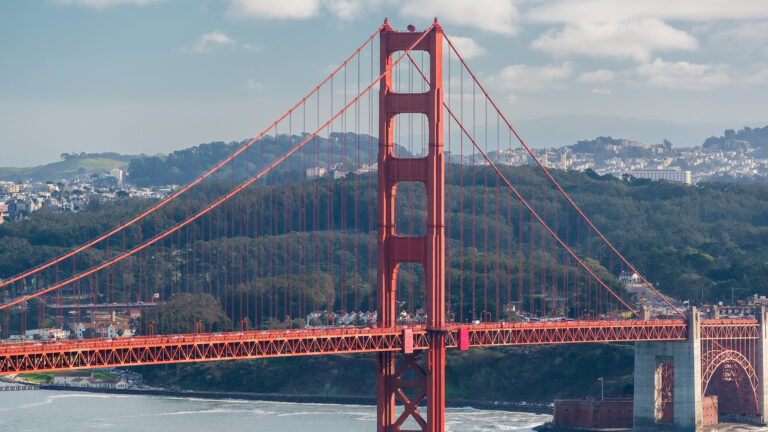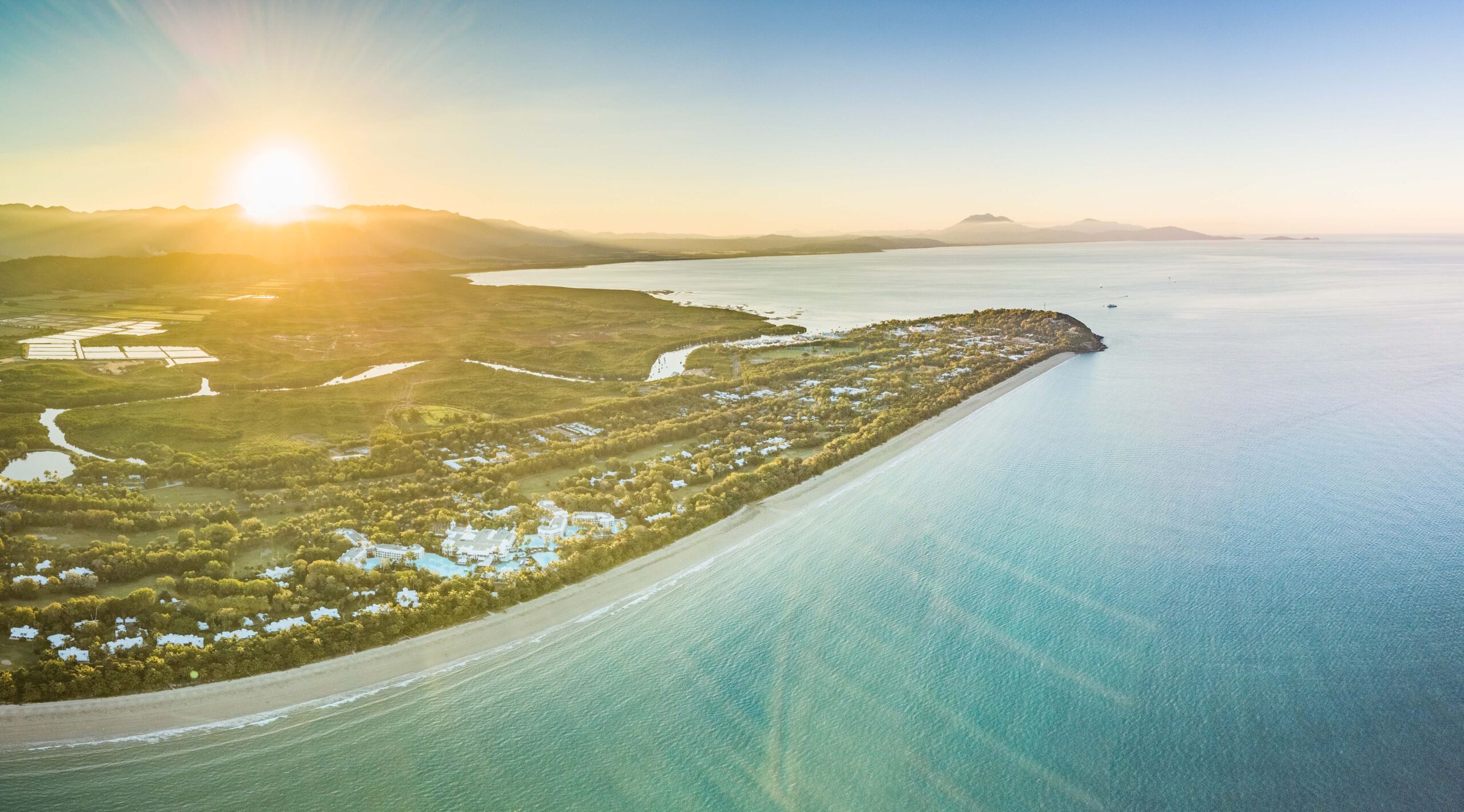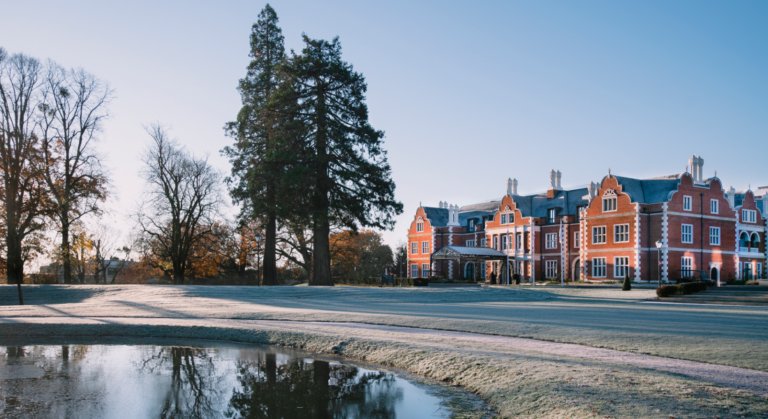By Mario Marroquin
For Abdiel Santiago, the Chief Investment Officer and CEO of
Panama’s sovereign wealth fund, the Fondo de Ahorro de Panama, managing a
sovereign wealth fund through broad market dislocation is all about governance.
The fund was founded a decade ago and is one of only a few sovereign
schemes in Latin America. And after a 7% withdrawal of the fund’s assets in 2020,
a sizeable recovery in 2021 and the market downturn in the first half of 2022,
Santiago says the right governance structure is paying dividends when it comes
to tackling geopolitical instability, interest rates and rising energy prices in
the short term.
In an interview with Markets Group, Santiago shared his
thoughts on setting up and administering a fruitful sovereign wealth fund, his
outlook on the market and sprouting opportunities within equities and fixed
income.
Markets Group: Let’s start with the basics of the fund;
for those of unfamiliar, can you walk through the fund’s inception and
investment objectives?
Abdiel Santiago: We are a long-term investment
vehicle for future generations, and we serve two purposes: one is to be a rainy
day fund and the other is to be a stabilization vehicle. The fund was created
in 2012 and we became operational in 2013.
The way [sovereign wealth funds] are structured, generally,
is that you have a depletable resource like crude oil or copper, and some of
those revenues and royalties are invested in financial markets.
Even though Panama does produce copper, the idea was to take
a resource, in this case the Panama Canal, and have some of those funds feed
into the sovereign wealth fund over the years based on a GDP formula.
The original seed money – about $1.2 billion – came from a
series of privatizations that occurred from the mid-1990s through 2012.
The structure was also to receive funding from the Panama
Canal. Unfortunately, we have not received [that], so all our growth has been
organic, and [we] have even generated enough returns to contribute funds back
to the country, with the fund’s financial response to the pandemic as a prime
example. Yet, we tend to be relatively conservative when compared to other
global sovereign wealth funds..
MG: Can you talk us through the fund’s allocations and
performance over the last 12 months?
AS: The way that we approach our allocation is on a
long-term basis, so we don’t have any immediate need for funding or cash.
Therefore, we really look at things more long-term – say five to 10 years.
At the same time, we are still a sovereign wealth fund and
these are state assets, so we try to be a little more conservative than our
long-term outlook reveals. This asset allocation tends to be more towards
corporate and sovereign bonds. Right now, out allocation is roughly 20%
equities, 40% corporate and government bonds, and we have 35% in cash and
short-term securities. Then we have an allocation of about 5% in alternatives,
which is essentially private equity at the moment.
Private equity, at least in the current environment, appears
to be really working for us, but I can’t really say the same thing for other
asset classes (except cash).
In the last 12 months, the fund has been down roughly 5% or
so. Clearly, the majority of that drawdown can be attributed to 2022. We have
seen several markets, bonds and stocks specifically, that have been highly
correlated and have suffered in 2022.
We have a pretty large allocation in short-term securities
that has acted as a ballast to support the performance during these times. We
also have the private equity allocation which, as I mentioned, has been able to
provide some support to the performance.
MG: Does the fund itself choose its target allocations or
is that done at the government level?
AS: We are very lucky as a sovereign wealth fund, and
especially one in Latin America, in that we have almost complete autonomy to do
our asset allocation.
We have a board of directors, there are seven members that I
report to, and they really set the pace for the asset allocation.
We do get some general guidelines from the government,
through the Ministry of Finance, as to the maximum ranges in asset classes, but
besides that, the board and our team at the executive level takes care of
making sure we have an asset allocation that looks five to 10 years out.
We are lucky because we have that flexibility and right now,
we see pockets of opportunity, so as long as we stay within the broad
guidelines [we can carry on]. For example, right now we can invest up to 70% in
fixed income and up to 30% in public equities; those are the top limits. But we
can dial up or dial down our asset allocation in response to market dislocation,
so we have that flexibility.
In alternatives, which is an area that we like a lot and is
pretty broad, we can do up to 5% of the fund. We have asked the government to increase
that allocation allowance significantly, perhaps 3-4x, as it could provide
another path to attractive risk-adjusted returns long-term and be able to take
advantage of different market situations.
MG: In previous conversations, you and I have spoken
about the fund’s exposure to North American equities and fixed income;
approximately 90%. Given this flexibility to manage your own allocations, how
have you been navigating the market over these last six months?
AS: It has been tough. We have to balance that we are
a SWF and we are a long-term investor, and we have to balance that those
allocations are confronted with market realities like 2022.
There is a very lively debate at the board level at times
because even though we are long-term investors, no one really likes to see
negative returns, so there is some expected tension, naturally.
We have done a lot of work at the board level to make sure
that we stick with it and that we are not swayed by market movements that seem
to come out of nowhere. And that is critical because one of the worst things
you can do as an investor is react to what the market is doing and decide maybe
to sell securities and by implication try to time the market. We stay away from
that even though we don’t like that these are tough times. But we stick with
it.
Bonds obviously have taken a beating and therefore yields
have risen. But at some point, they rise so much that they become attractive
like any other asset class would. So, we are looking at opportunities that we
can take on within our asset allocation where can take some sector bets again.
It is all about being steady and not reacting to the market
dislocations that are tough to swallow. Instead, we tend to look at those as
opportunities.
MG: Can you share any details about the opportunities the
fund is evaluating in these sectors?
AS: Interest rates have risen and they are likely to
continue to rise. I would say opportunities within mortgage-backed securities
appear very attractive, but we have to look beyond that. We have to see if it
makes sense at the moment and obviously stick with it.
Clearly, private equity [seems attractive right now]. We are
in the process of looking at our private equity allocation which we have
traditionally invested in secondary funds which provide some cash flow support
– J-curve mitigation.
We think perhaps we should look at the primary funds given
where the market is. We are not trying to time the market, but we do see there
could be opportunities with good managers within the private equity space at
the primary fund level, and in a variety of investment lifecycles, such as
venture, growth and buyouts.
MG: Nine years is a relatively short amount of time for a
sovereign wealth fund by comparison to SWFs in the West, so could you talk us
through the negotiations that took place to get things off the ground?
AS: When I took this role, there was no
infrastructure, so it was difficult to start running something from day one.
But it was good because it allowed me and the board to design the fund in a
structure that was very market-oriented and very functional.
It was also very important for us to make the market – and
Panamanians – aware that we existed. So, establishing that credibility from the
onset was critical and we did that, and we still do that, by being very
transparent about what we do and the decisions we are making.
Financial talent in Latin America, generally and
specifically in Panama, is tough to find. There was a commitment to bringing people
[aboard] who had the smarts and had the education and language skills.
We really piggybacked on the asset managers that we hired for
training purposes and that is great. But we also work with the World Bank
pretty closely. They have a program that is for capacity building that in a
very objective fashion allowed us to train our people in asset allocation,
quantitatively based investment methods , asset management, risk management and
the like.
It was critical for us to establish our infrastructure and
our corporate governance, and obviously the team and developing the skillset
for the teams.
MG: In 2020, the fund was reported to have funded the
purchase of COVID-19 vaccines; what are some of the specific considerations
that ‘rainy day funds’ have to take to address events such as global health
emergencies?
AS: Clearly, the pandemic was an unprecedented event,
so Panama was very fortunate to have a SWF at that time. We are very proud we
were able to be there for the government in terms of its use; at the end of the
day, that is what we mean when we say, ‘rainy day fund.’
Because we take our corporate governance and our credibility
very seriously, it was really important that even though it was an emergency,
we needed to do two things: we needed to act very fast and to act within the
bounds of the law, all under the stewardship of our board.
That meant working very closely with the authorities and the
government to usher them through the process so that we dotted our I’s and
crossed our T’s from a legal standpoint.
We did that remotely and it was very successful. They
requested $105 million which was almost 10% of the fund, and we were a little
lucky that despite the pandemic, the markets reacted positively, and we were
able to make that money back. Not the entire amount but a good chunk just by
way of our asset allocation at the moment.
When I look back at that moment, we are proud, but more than
that, we were satisfied with the fund being used for the exact reason that it
was created.
That is a lesson that other countries in the region should
take. There are some other sovereign funds in the region, not many, but I think
that was a prime example of why it behooves other countries to look at setting
up a vehicle like this.
MG: What would you advise investors and policymakers in
the region that are in the same place the orchestrators of the Fondo de Ahorro
in 2012 when the vehicle was being established?
AS: I think it is really about the right corporate
governance structure. The board of directors is the key pillar. If that is set
up properly with folks that are market-centered individuals … they don’t have
to be financial wizards, but they do have to have some business sense, and
everything will flow from there.
As far as the actual investments and assets, I would say [it
is important] to have the broadest possible asset menu to choose from.
The third thing I would say is that whoever is going to run
the fund, have the board of the fund make that selection.
You have to separate the fund from the politics. This is a
creation of policy, but it doesn’t have to live with the politics of the
situation.
Those are critical steps. And there are a lot of resources
for other countries looking to set up a fund. We have a great [legislative
structure] and we have great directives, so we are fortunate it is a good
model.
MG: It looks like people are paying attention. Global SWF
recognized the fund over its governance, sustainability and resilience. Can you
talk us through that recognition?
AS: We are very proud of those accomplishments. It
sounds boring, but it is all about the corporate governance. Our board of
directors has seven members and happens to be chaired by a woman, which is
something you don’t really see in the region.
The selection process for these board members is in
staggered form. The law prescribes educational and professional accomplishments
that board members should have. [Board members] are appointed by the president
and they have to go through the process, but it is done in staggered form so
that allows some form of shielding from the political process.
We take the issue of sustainability seriously, but this is
balanced against other performance and operational considerations. There are
lots of standards that could be a little frustrating but we try to do it in a
way that is sensible and we try to identify those issues that are important to
us.
MG: We touched on politics, the investment landscape,
interest rates and geographic exposure, but what would you say is the biggest
question mark in your outlook of the investment landscape for the fund?
AS: Geopolitics is something that keeps me up at
night. You can’t control it and it has implications on the market.
If you look at the conflict in the Ukraine, it has implications
in a bunch of different markets in ways we could not have anticipated. And it
is not over.
The reactions and the impact that we are seeing in the
markets is based on the situation currently. If that situation were to develop
into something else, something bigger, then clearly, the implications will be
different and much more severe. And those things are tough to include in a
model.
Not as seriously, and perhaps less impactful is the path of
interest rates. We have inflation and I don’t want to say it is peaking, but
there might be a little respite – we don’t really know. Inflation affects a lot
of people and that promotes discontent and that can become a powder keg if it
continues.
I am hopeful [inflation] is subsiding, but it is still
really high. The inflation question and interest rates are very important. It
is not keeping me up at night as much as geopolitics, but it is in the top of
my mind.












